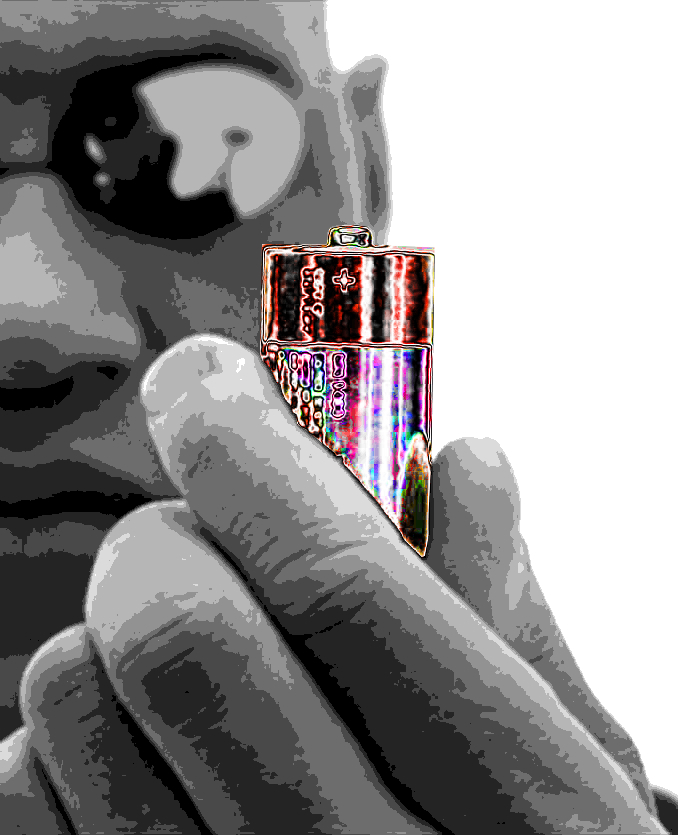Heavy metal battery could rock the grid
 Engineers in the US have invented a battery powered by molten metals which could be excellent for grid-level power storage.
Engineers in the US have invented a battery powered by molten metals which could be excellent for grid-level power storage.
It uses interaction between three different metals to produce a high-energy and long-lasting electrical storage and discharge option.
The liquid battery design, reported in the journal Nature, has a negative electrode made of lead, which mixes with a dash of antimony to boost performance. This is combined with a "molten salt electrolyte" - basically table salt – upon which a layer of lithium floats.
When the cell is discharged, the lithium is transferred to the bottom lead/antimony layer. When electricity is directed into the cell, the lithium is pulled out of the alloy layer and back up to the top.
To initially melt the batteries, external power is applied to release them from their solid states.
Once the cells are molten they can be charged and discharged. The small amount of efficiency loss in shuttling the power around actually allows the batteries to self-heat and maintain their molten state.
It is designed to be charged and discharged continuously for over a decade.
The technology lends itself to industrial applications, municipalities and large power-grid instalments.
The journal Nature has produced this article describing the battery’s potential as a grid storage device, which is also discussed at length in the video below.







 Print
Print